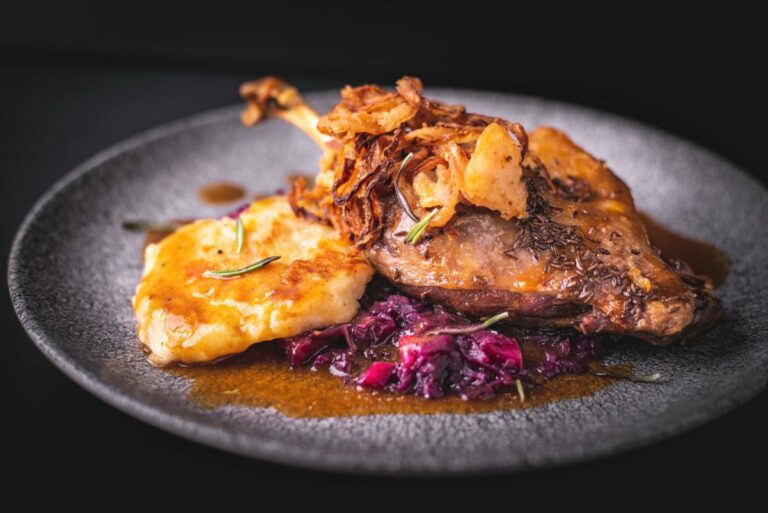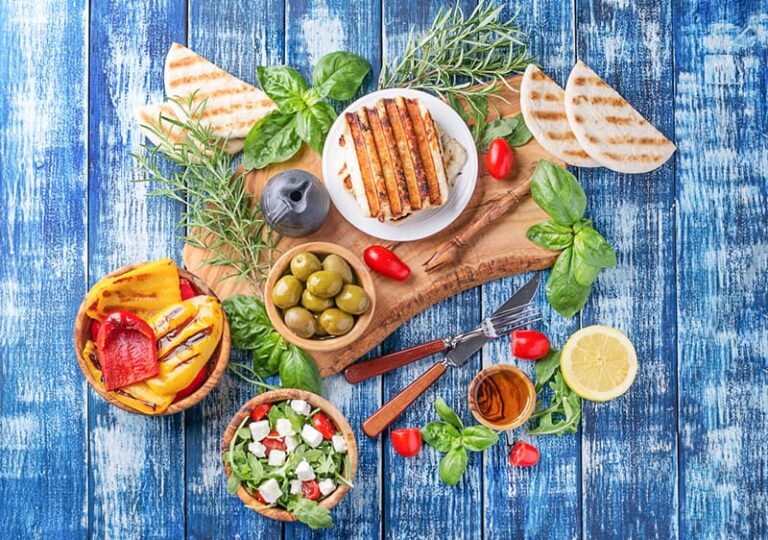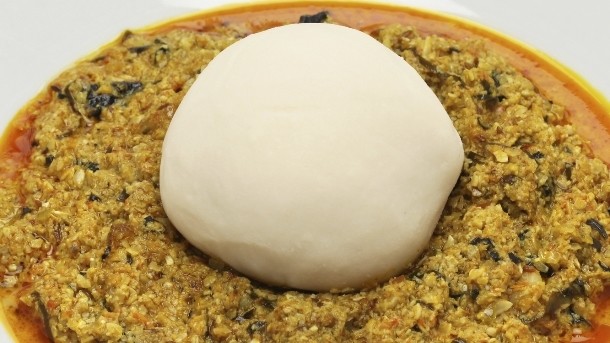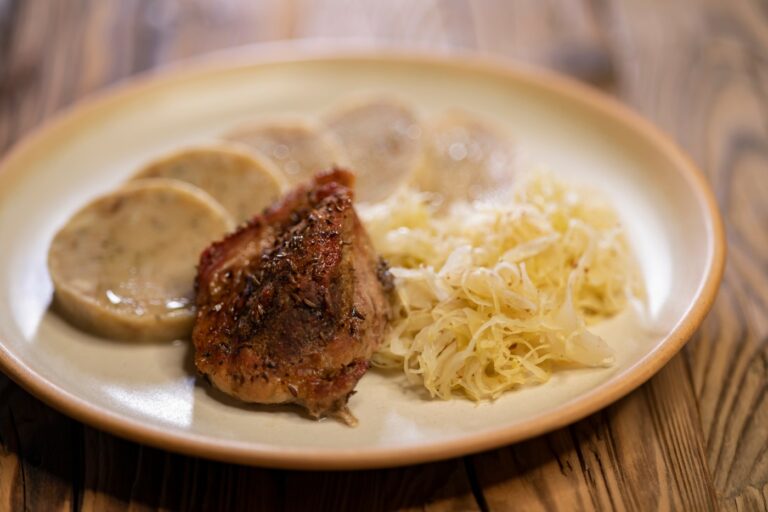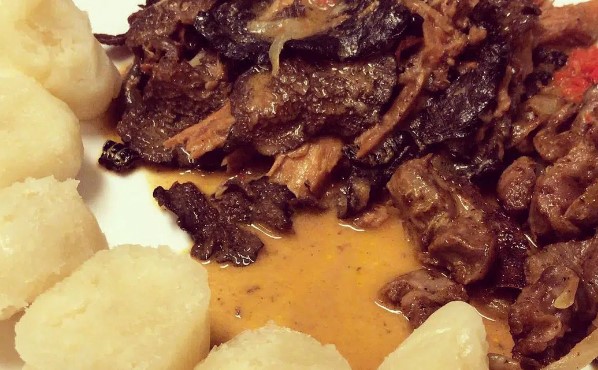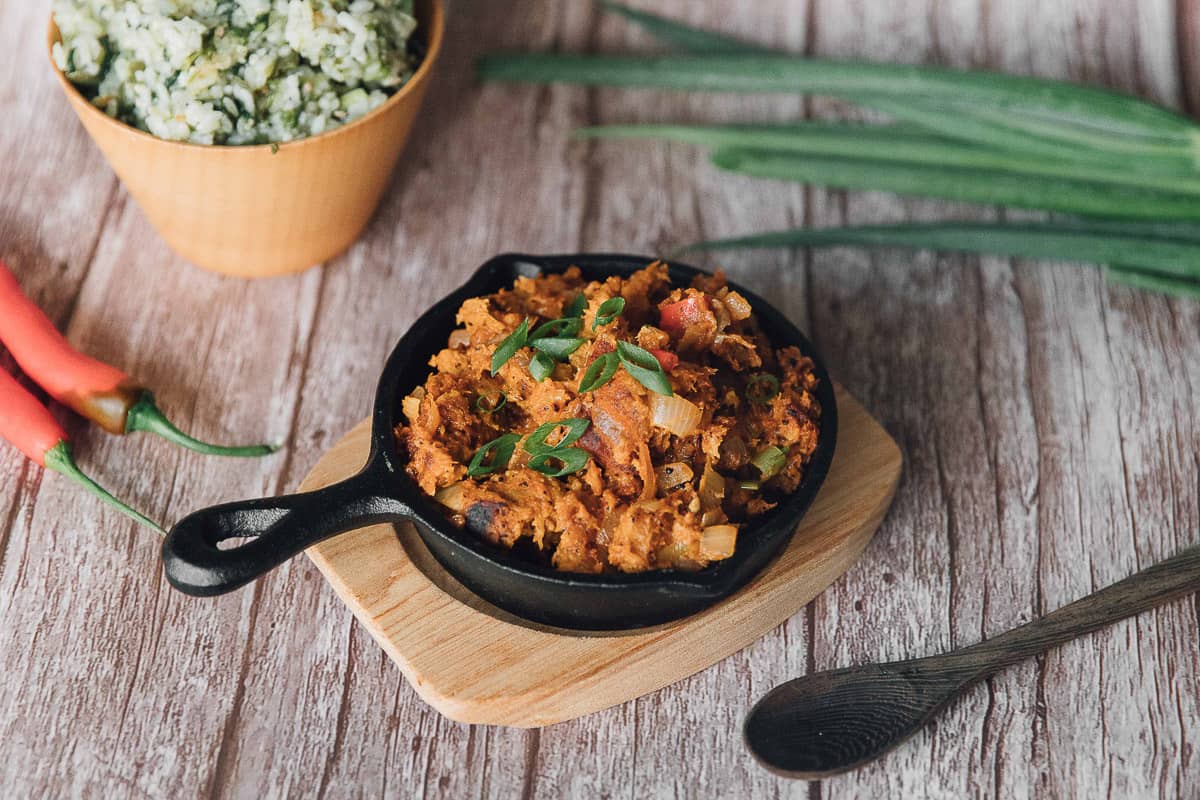Introduction: Street Food in Cyprus
Street food is a popular meal option for locals and tourists in Cyprus. From a quick gyro to a mouth-watering souvlaki, the island offers a diverse selection of delicious street foods. With the growth of street food vendors, it has become imperative to ensure that the food sold is safe for consumption.
The Importance of Hygiene and Safety Standards
Hygiene and safety standards are crucial in ensuring that street food is safe for consumption. Poor hygiene practices and inadequate food safety measures can lead to the spread of foodborne illnesses. Therefore, it is essential that street food vendors adhere to strict hygiene and safety standards when preparing and selling food.
Regulatory Framework for Street Food
The regulatory framework for street food in Cyprus is established by the Ministry of Health and the local municipalities. The Ministry of Health is responsible for developing regulations and guidelines for food safety and hygiene, while the municipalities oversee the day-to-day operations of street food vendors.
Food Handling and Preparation Guidelines
Street food vendors in Cyprus are required to adhere to strict food handling and preparation guidelines. These guidelines include proper hand washing, the use of clean utensils, and the storage of food at safe temperatures. Additionally, vendors must ensure that raw and cooked foods are separated to prevent cross-contamination.
Inspection and Enforcement Measures
Street food vendors are subject to regular inspections to ensure that they are complying with food safety regulations. Inspectors from the Ministry of Health and the local municipalities visit street food stalls to check for compliance with food handling and preparation guidelines. Violations can result in fines, suspension of operations, or even closure of the business.
Common Food Safety Issues in Street Food
Some of the common food safety issues in street food include the use of contaminated water, inadequate hand washing, and improper storage of food. Moreover, vendors sometimes fail to adhere to food handling and preparation guidelines, which could lead to foodborne illnesses.
Measures to Protect Consumers
To protect consumers, the Ministry of Health provides educational materials to street food vendors on proper food handling and preparation. Additionally, consumers are encouraged to report any suspected cases of foodborne illnesses to the local authorities.
Conclusion: Street Food Safety in Cyprus
In conclusion, street food vendors in Cyprus are required to adhere to strict hygiene and safety standards to ensure that food sold is safe for consumption. The regulatory framework for street food, including inspection and enforcement measures, is in place to ensure that vendors comply with food safety guidelines. A commitment to hygiene and safety standards is necessary to ensure that street food continues to be a popular and safe meal option for locals and tourists in Cyprus.


